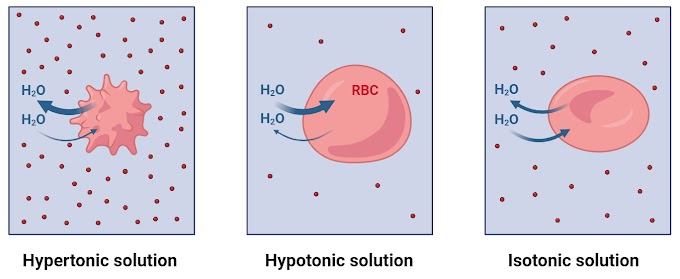When we look around at the diversity of life—whether it’s the vibrant color of a flower, the height of a giraffe, or the texture of human hair—we are observing phenotypes.
Phenotypes are central to biology and genetics because they describe the visible or measurable traits that result from the complex interaction between an organism’s genes and its environment.
Define Phenotypes
A phenotype is the set of observable characteristics or traits of an organism. These traits can include physical features (such as eye color or leaf shape), biochemical properties (like blood type or enzyme levels), physiological traits (such as tolerance to heat), and even behavioral patterns (like migration habits in birds).
The phenotype is not just determined by genes alone—it emerges from the interplay between genetic information (genotype) and environmental influences.
For example, two plants with identical genes for height might grow to different heights if one receives more sunlight or nutrients than the other.
Phenotype vs. Genotype
While the genotype refers to the genetic code—essentially the instructions contained within DNA—the phenotype is the actual expression of those instructions in real-world traits.
Think of genotype as the blueprint and phenotype as the completed building. Environmental conditions, random developmental variations, and genetic regulation all influence how the blueprint is expressed. For example:
- Genotype: Genes coding for brown eyes.
- Phenotype: The actual brown eye color you can see.
Examples of Phenotypes
Phenotypes are all around us, in humans, animals, plants, and microorganisms. Common examples include:
- Physical traits: Hair texture, skin pigmentation, flower petal shape.
- Physiological traits: Lactose tolerance, drought resistance in crops.
- Behavioral traits: Birdsong patterns, foraging habits in bees.
Some phenotypes are strongly inherited, while others are heavily influenced by environmental factors.
Why Phenotypes Matter?
Studying phenotypes helps scientists understand how genes work, how organisms adapt, and how evolution shapes biodiversity.
In agriculture, phenotype analysis guides crop breeding for better yield and resilience.
In medicine, observing phenotypes helps in diagnosing genetic disorders and tailoring treatments to individual needs.
Conclusion
Phenotypes are the visible and measurable expressions of life’s genetic instructions, shaped by both inheritance and environment.
They are the bridge between the invisible code in our DNA and the living world we can see, touch, and experience.
Understanding phenotypes allows us to explore the diversity of life and apply this knowledge to science, health, and conservation.
Some Short Questions and Answers
1. What is a phenotype?
A. A phenotype is the set of observable traits of an organism, such as height, eye color, or behavior.
2. How is phenotype different from genotype?
A. Genotype is the genetic code in DNA, while phenotype is the visible or measurable expression of that code.
3. Can the environment change a phenotype?
A. Yes. Factors like nutrition, temperature, and lifestyle can influence how traits are expressed.
4. Give an example of a phenotype.
A. Brown eye color in humans is a phenotype.
5. Why are phenotypes important to study?
A. They help scientists understand genetics, evolution, and how to improve crops, animals, and health treatments.






0 Comments